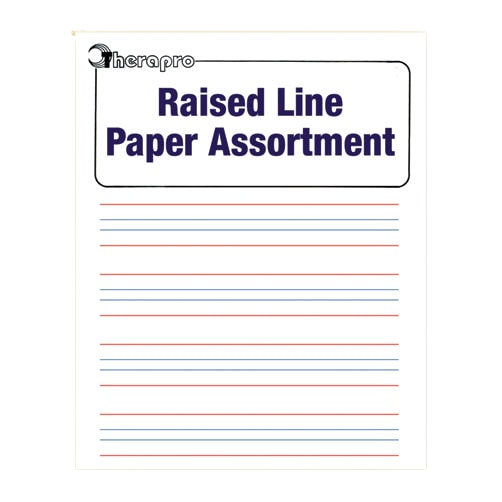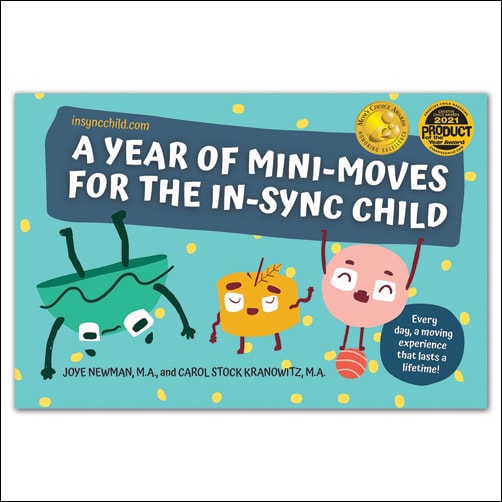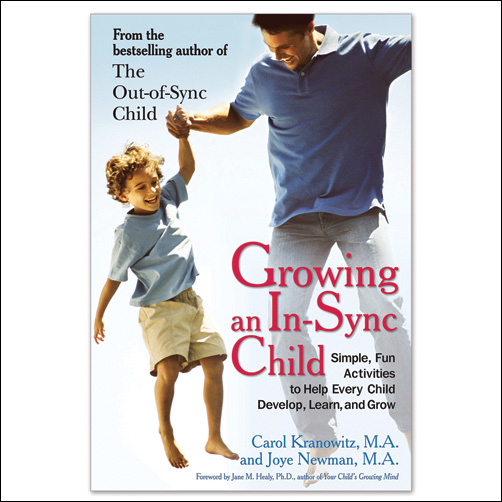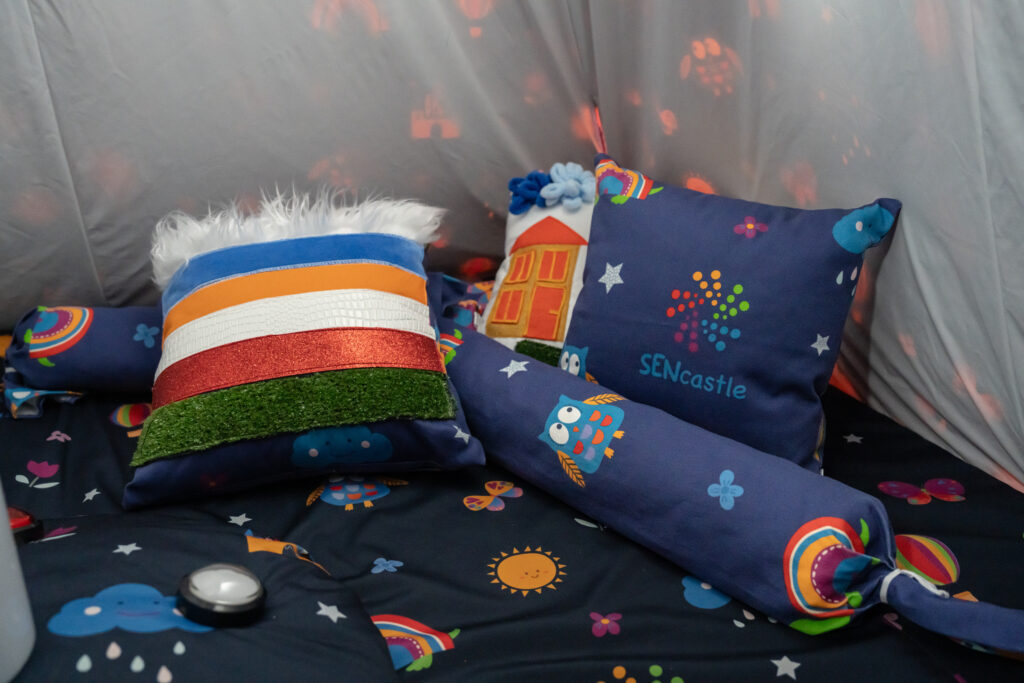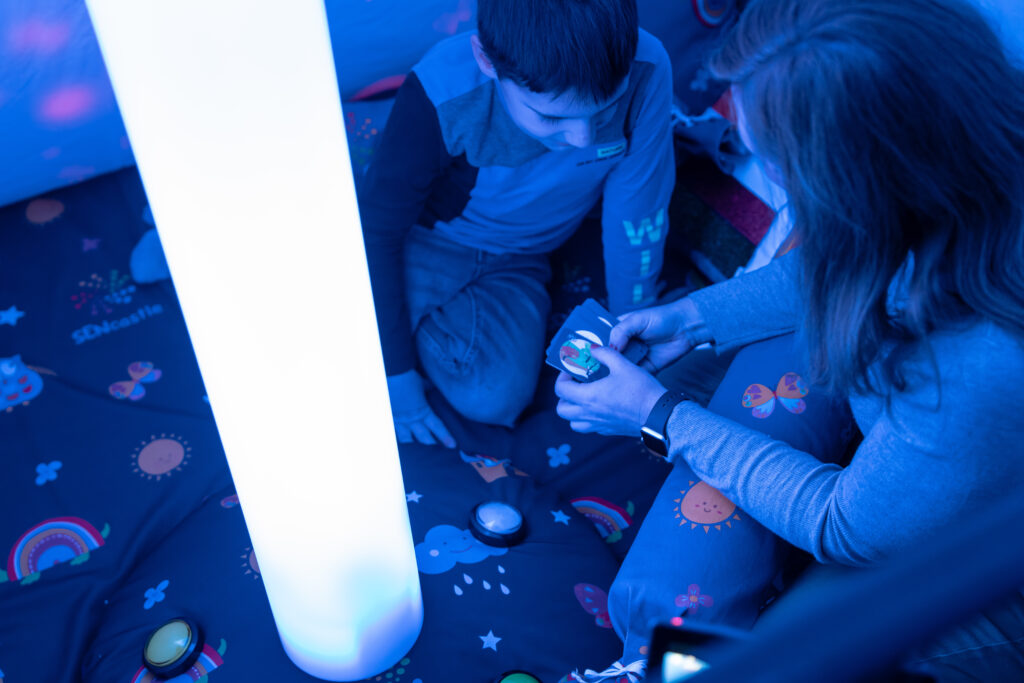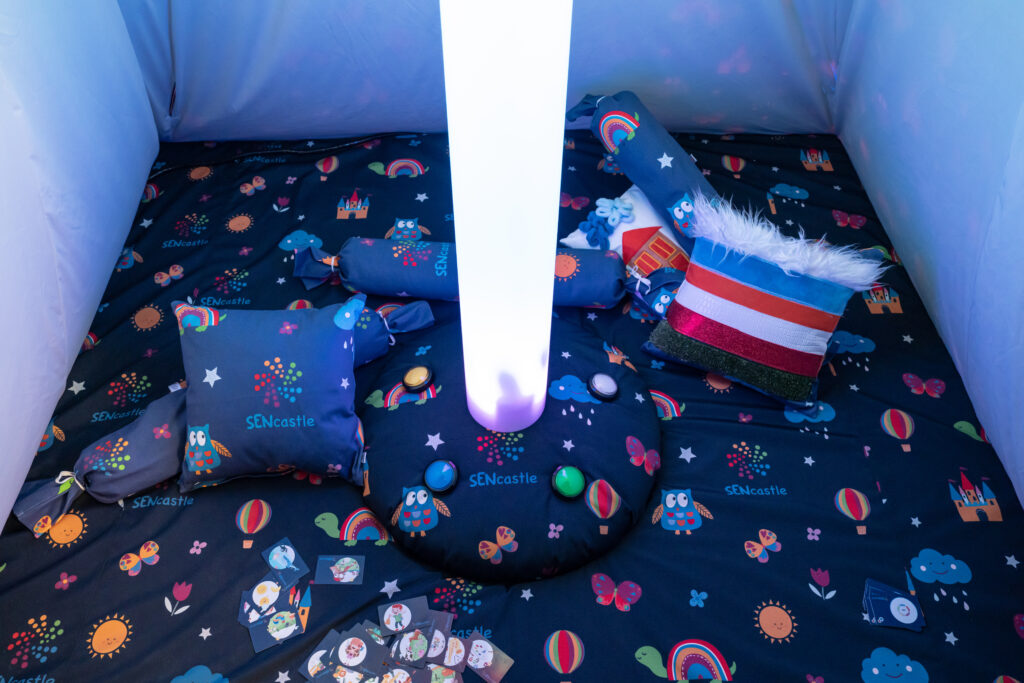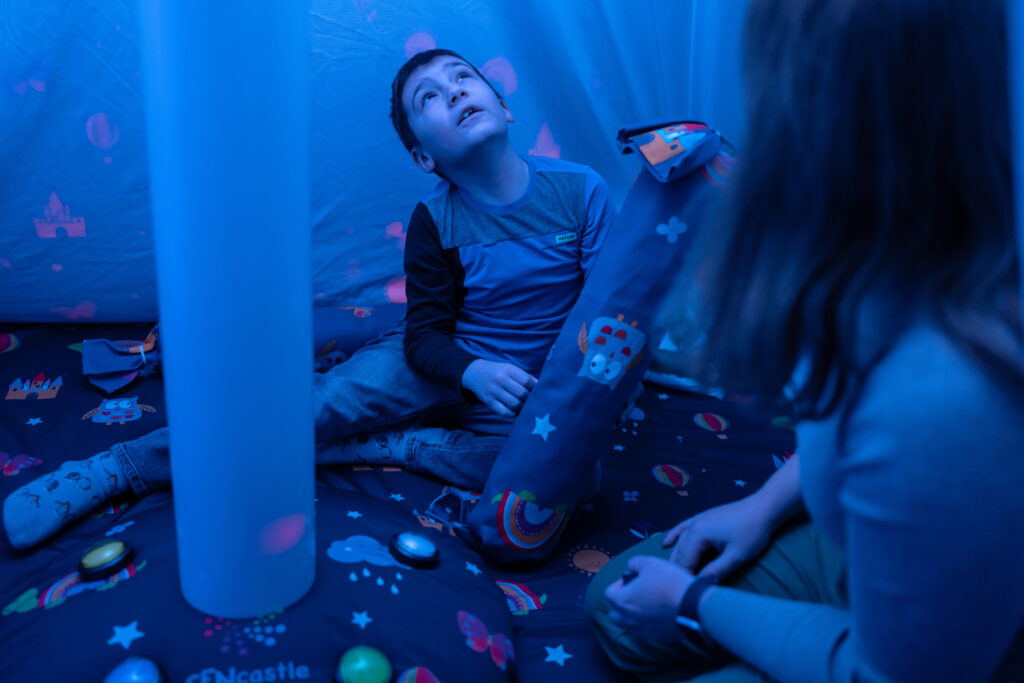October is National Physical Therapy Month, a time to spotlight the incredible benefits of physical therapy (PT) across all ages. This month, we want to focus on and celebrate pediatric physical therapists, their invaluable work, and the impact they have on the lives of children. With over 4,000 pediatric PT practitioners in the U.S., their expertise, commitment, and compassion shine brightly in the healthcare landscape.
Understanding Pediatric Physical Therapy
Pediatric physical therapy is a specialized practice dedicated to addressing movement disorders, developmental delays, sports injuries, and orthopedic conditions in children. Utilizing evidence-based practices, pediatric PTs focus on:
- Posture and movement analysis
- Functional mobility training
- Balance training
- Dynamic bracing
- Electrical stimulation
- Parent training
Pediatric PTs work in various settings, including neonatology, early intervention, schools, and both inpatient and outpatient facilities. Their primary goal is to enhance a child’s physical function, address impairments, and help them reach their fullest potential at home, in school, and within their communities. Through PT, children gain increased strength, flexibility, and independence, while preventing the progression of movement issues.
Importance of Early Intervention
Monitoring a child’s physical development and the value of early intervention cannot be overstated. Early detection and treatment can prevent more serious issues down the line, leading to benefits such as improved mobility, enhanced motor skills, and better overall health.
Role of Family and Caregivers
Family members and caregivers, including educators, play a critical role in a child’s therapeutic journey. By collaborating with pediatric PTs, they can help integrate therapy gains into everyday activities. For instance, a therapist may recommend that a child practice moving from sitting to standing through an activity like picking up toys from the floor while squatting, then standing to place them in a toybox, promoting both skill development and play.
Passion of Pediatric Physical Therapists
Pediatric PTs are uniquely trained to engage with children through play-based and enjoyable activities. Resources like pediatricapta.org offer insight into the specialized training and techniques employed by these professionals. They incorporate age-appropriate and motivating activities—think balance pods, obstacle courses, yoga, and more—to ensure therapy is both effective and fun.

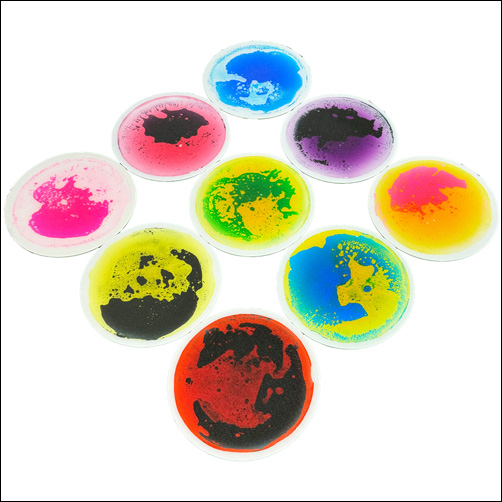
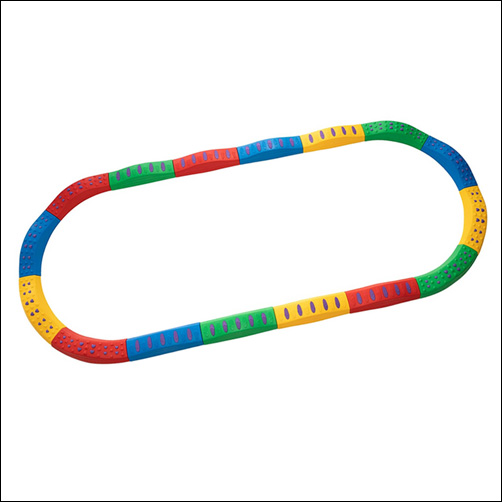
Transformative Success Stories
The impact of pediatric physical therapy is profound. Take, for example, a 3-year-old referred for PT due to postural instability and low muscle tone. After six months of focused therapy on core stability and strength, the child demonstrated remarkable progress, experiencing less fatigue in the classroom and successfully participating in an obstacle course with peers. Such transformations illustrate the power of dedicated PT intervention.
Final Thoughts
National Physical Therapy Month provides a fantastic opportunity to recognize the essential contributions of pediatric physical therapists to children’s growth and development. By sharing knowledge, resources, and inspiring success stories, we can encourage parents and caregivers to advocate for their children’s health.
At Therapro, we proudly honor the dedicated professionals in pediatric physical therapy who work tirelessly to help children develop the mobility skills they need to reach their full potential. Let’s celebrate their hard work and the positive changes they bring to countless lives!
Guest Blogger: Filomena Connor, MSOT Retired


